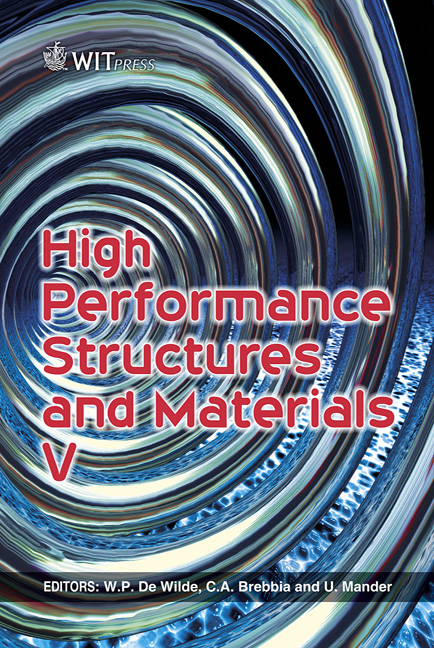Development Of Statistical Model To Predict Ra And Rz In Laser Cutting
Price
Free (open access)
Transaction
Volume
112
Pages
8
Page Range
401 - 408
Published
2010
Size
688 kb
Paper DOI
10.2495/HPSM100371
Copyright
WIT Press
Author(s)
M. M. Noor, K. Kadirgama, M. M. Rahman, M. R. M. Rejab, M. S. M. Sani, T. T. Mon & R. A. Bakar
Abstract
Laser cutting is one of the advanced machining methods for the material removing process. This paper explores the prediction model of the surface roughness (Ra) and roughness height (Rz) of laser beam cutting on acrylic sheets. The Box-Behnken design based Response Surface Method (RSM) was used to predict the effect of the laser cutting parameters, which are laser power, cutting speed and tip distance on Ra and Rz. The predictive models are in good agreement with the experimental results. The first order equation revealed that the power requirement was the dominant factor, followed by tip distance and cutting speed respectively. This observation indicates the potential of using RSM in predicting cutting parameters, thus eliminating the need for exhaustive cutting experiments to obtain the optimum cutting condition and enhance the surface roughness. Keywords: laser beam cutting, Box-Behnken design, surface roughness, acrylic sheets, surface height. 1 Introduction Laser light differs from ordinary light in that it has photons of the same frequency, wavelength and phase. Thus, unlike ordinary light, laser beams are highly directional, have high power density and better focusing characteristics [1, 2]. These unique characteristics of laser beams are useful in the processing of materials. The laser beams are widely used for machining and other manufacturing processes, such as cutting, drilling, micromachining, marking, welding, sintering and heat treatment. Lear beam machining (LBM) is a thermal
Keywords
laser beam cutting, Box-Behnken design, surface roughness, acrylic sheets, surface height





